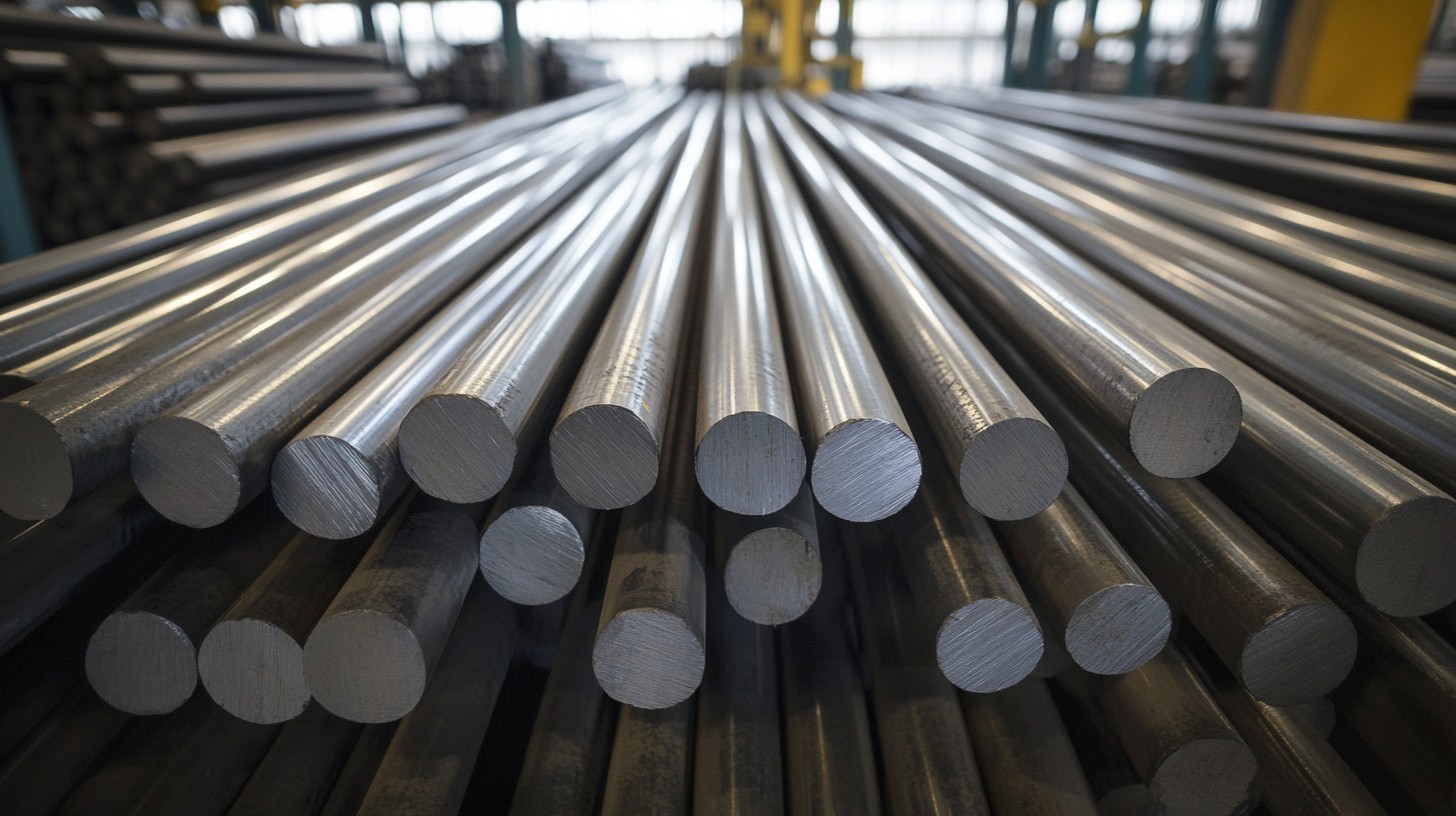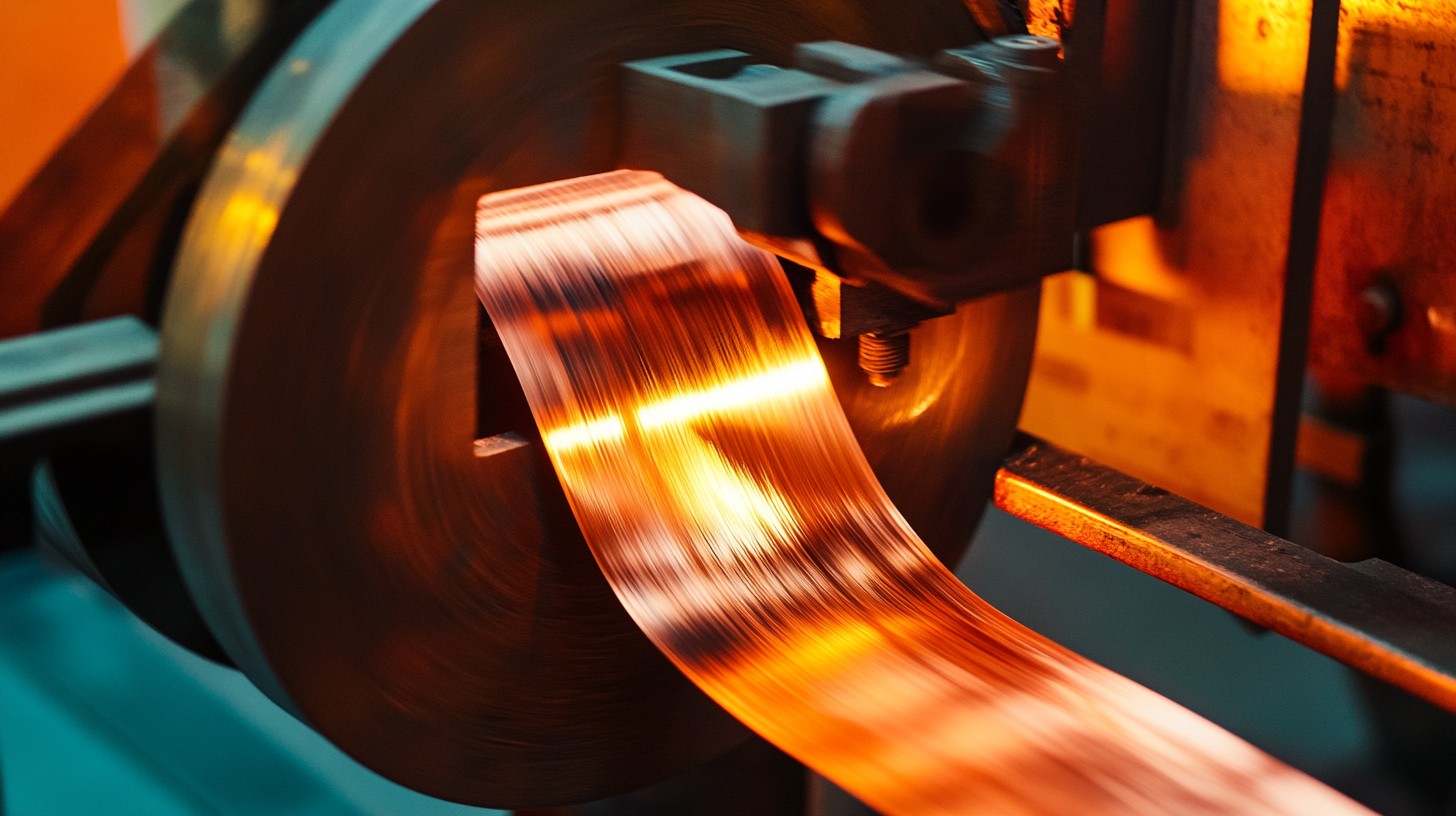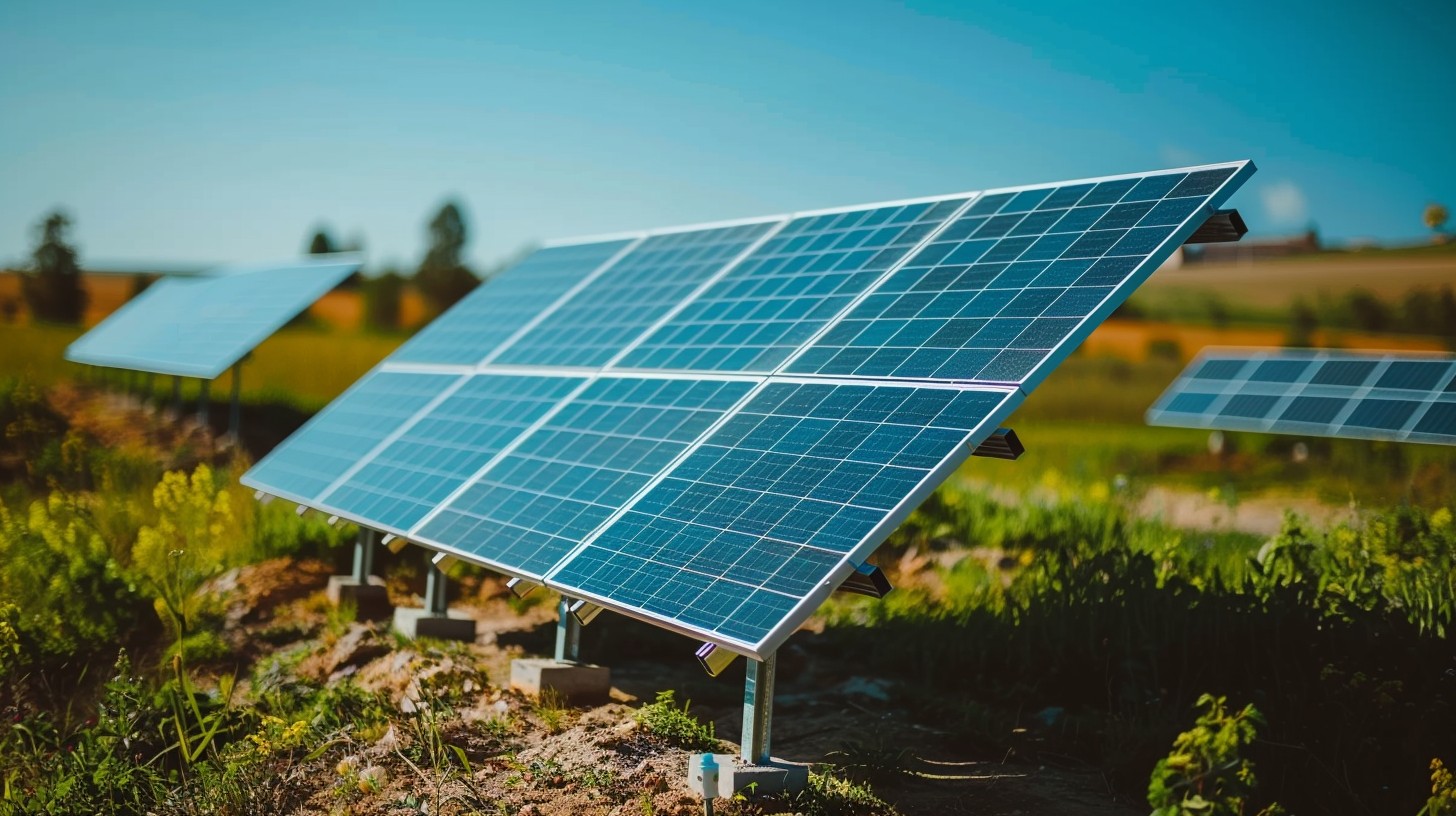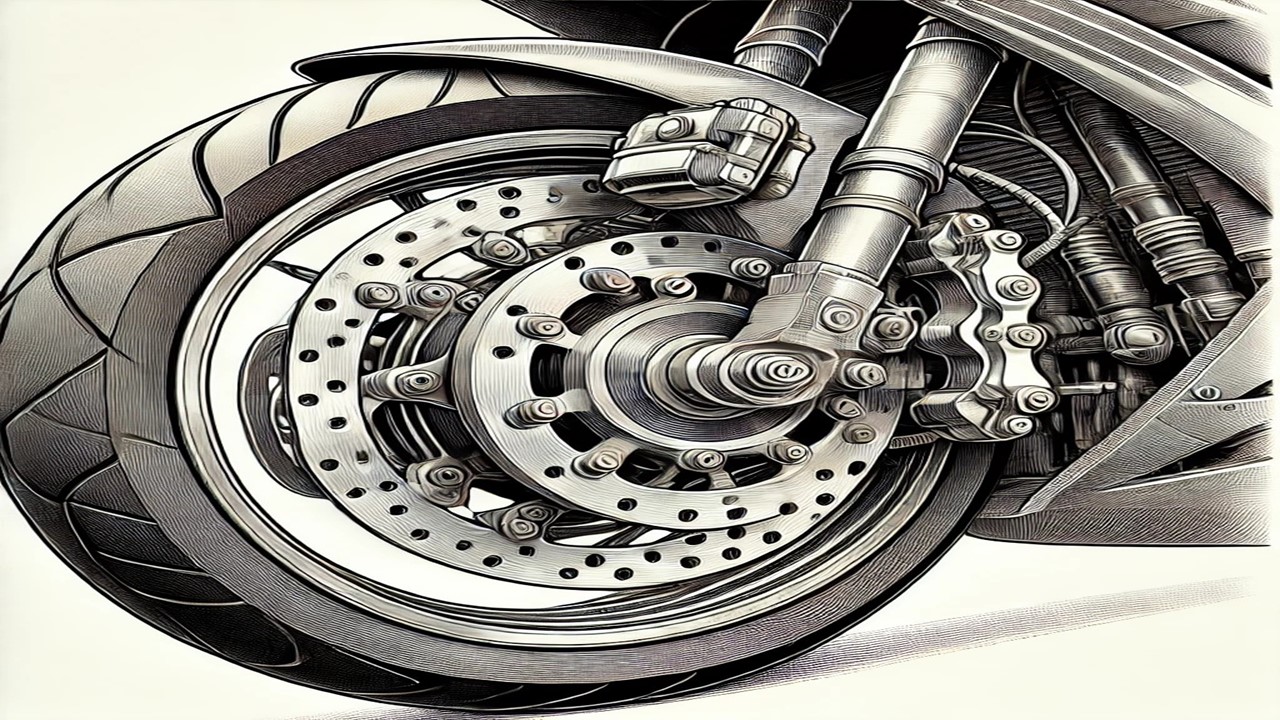
हिंदी में पढ़ने के लिए मेनू बार से हिंदी भाषा चयन करें।
Steel is often referred to as the backbone of modern civilization. Its strength, versatility, and affordability have made it an essential component of industrial, construction, and technological advancements. But what makes steel so crucial, and what does its future look like? Let’s dive deep into the world of steel, exploring its demand, applications, global leadership, and future potential.
A World Built on Steel
Imagine a world without skyscrapers, bridges, automobiles, or even the simplest tools. It would be impossible to achieve such progress without steel. This alloy of iron and carbon has enabled humankind to transition from basic living to a highly industrialized and technologically advanced society. From massive structures to the smallest machinery parts, steel is everywhere, silently holding our world together.
How It’s Made
Steel is primarily made by processing iron ore in blast furnaces or electric arc furnaces. The process involves:
- Extracting Iron Ore: Mined from the earth, iron ore is refined to extract pure iron.
- Adding Carbon and Other Alloys: Elements like manganese, chromium, or nickel are added to enhance its properties.
- Shaping and Cooling: The molten steel is then cast into shapes, cooled, and treated for different applications.
The innovation in steelmaking techniques, such as the use of hydrogen instead of coal, is paving the way for environmentally friendly production methods.
Worldwide Demand and Supply of Steel
The global steel industry is a multi-billion-dollar market, with demand driven by:
- Construction and Infrastructure: Bridges, highways, buildings, and railways rely heavily on steel.
- Automotive Sector: From car bodies to engine components, steel plays a vital role.
- Energy and Manufacturing: Renewable energy projects, machinery, and industrial equipment use steel extensively.
Key Statistics (2023)
- Global steel production: Over 1.9 billion metric tons annually.
- Leading producers: China dominates with 57% of the global production, followed by India, Japan, and the United States.
- Consumption hotspots: Asia accounts for more than 70% of global demand, thanks to rapid industrialization in India and Southeast Asia.
Beyond Construction
Steel has a remarkable ability to adapt to different uses, including:
- Aerospace: Lightweight, high-strength steel is used in aircraft.
- Medical Industry: Surgical instruments and implants require corrosion-resistant steel.
- Technology: Data centers and electronic equipment are supported by steel infrastructure.
- Defense: Tanks, naval ships, and weapons are built with specialty steel alloys.
A Green Revolution
The steel industry is undergoing a transformation to meet global sustainability goals:
- Green Steel: New methods, such as hydrogen-based reduction, are replacing traditional coal-driven processes, reducing carbon emissions.
- Circular Economy: Recycling steel reduces energy consumption by up to 75%.
- Lightweight Steel: Innovations in material science are creating lighter yet stronger steel, suitable for futuristic designs like electric vehicles and space technology.
Projected Demand
The global demand for steel is expected to grow by 3-4% annually over the next decade, driven by emerging economies like India, where infrastructure development is accelerating.
Why It Matters
The quality of steel depends on its composition and treatment. Here are some common types of steel:
- Carbon Steel: Used in construction and pipelines.
- Alloy Steel: Enhanced with elements like nickel for automotive and aerospace industries.
- Stainless Steel: Corrosion-resistant and widely used in medical and food-grade equipment.
- Tool Steel: Hardened for cutting and shaping tools.
Global Leaders in Steel Production
1. China
- Largest producer and consumer.
- Innovations in eco-friendly production.
2. India
- Second-largest producer, with government initiatives like Make in India boosting the sector.
- Focus on high-quality steel for infrastructure projects.
3. Japan
- Known for its advanced technology and high-quality specialty steel.
4. South Korea
- Home to companies like POSCO, focusing on automotive and shipbuilding industries.
Steel Industry in India: A Rising Star
India is emerging as a key player in the global steel market, with robust domestic demand and export opportunities. Major drivers include:
- Government Policies: Initiatives like National Steel Policy 2030 aim to increase capacity to 300 million tons annually.
- Growing Sectors: Infrastructure, real estate, and manufacturing.
- R&D Investments: Focus on eco-friendly and lightweight steel production.
Challenges in the Steel Industry
Despite its importance, the steel industry faces several challenges:
- Environmental Concerns: Traditional steel production is energy-intensive and emits greenhouse gases.
- Raw Material Costs: Fluctuations in the prices of iron ore and coal.
- Global Competition: Overcapacity in markets like China puts pressure on pricing.
Opportunities in the Steel Industry
The future of steel lies in its ability to adapt and innovate:
- Smart Cities: Increasing demand for lightweight and durable steel in urban infrastructure.
- Renewable Energy: Wind turbines, solar panels, and hydropower plants depend on steel.
- Electric Vehicles (EVs): Automotive manufacturers are opting for advanced steel to make vehicles lighter and more energy-efficient.
Overall
Steel is not just a material; it is the lifeblood of industrialization and innovation. As the world moves towards sustainability, the steel industry must evolve with new technologies, environmentally friendly practices, and innovative applications.
India, with its growing domestic demand and global ambitions, is set to become a significant player in the steel market. Whether it’s building smarter cities, enabling renewable energy projects, or creating next-generation vehicles, steel will continue to be at the forefront of progress.
As steel transforms itself into a greener, more efficient material, its role in shaping the future becomes even more critical. The steel industry is not just about strength—it’s about resilience, adaptability, and the ability to shape a better world.




































































